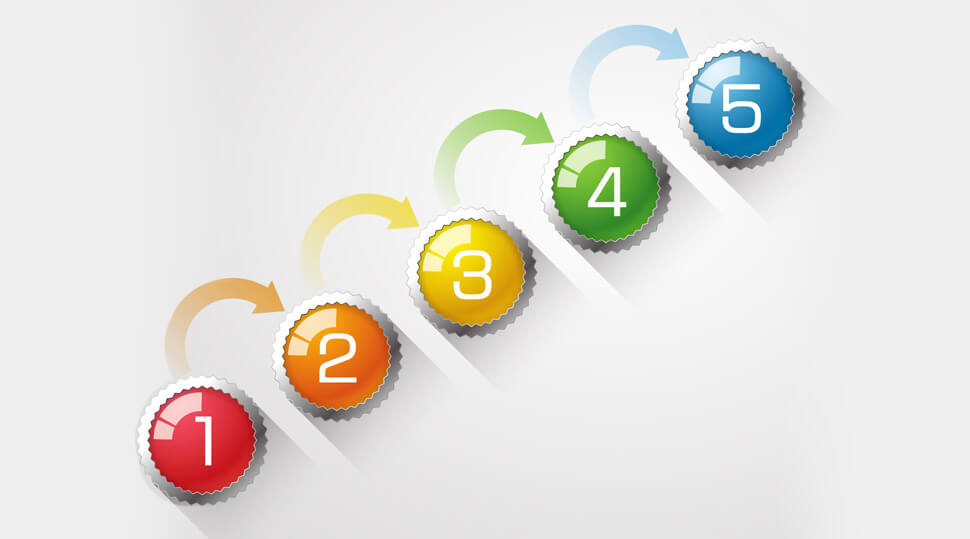Gaining experience in successfully setting and achieving goals for health and wellness provides great practice and confidence for setting and achieving goals in other areas. Each success allows you to create more ambitious dreams and goals that fuel your excitement about the future. This optimism helps create a more consistently positive attitude that favorably affects the others around you.
A positive attitude can help you create a healthy body, and a healthy body will help you achieve a positive attitude. Together, a positive attitude and healthy body will help you reach further toward your goals and dreams. As you achieve your goals and dreams you will attract people who are motivated to help you as a result of shared or similar goals and dreams. In many cases working together with others can allow each individual to reach greater heights than when working in isolation.
The same skills that help you overcome barriers and resistance to healthy lifestyle habits can be used to overcome barriers and resistance in all of life’s other challenges. Identifying your reasons to act, gaining emotional fuel, and focusing your energy on creating a success system, are crucial elements to making forward progress no matter what barriers stand between you and your goals and dreams. Persistence in the face of adversity, keeping a success log, setting deadlines, and external accountability are other key elements and skills that will help you build your best life as well as a healthier body.
Do you have the mindset required to turn adversity into opportunity? We typically see life’s small and large obstacles as hardships and unwelcome challenges. Yet we know that everyone must face a wide variety of such challenges despite all efforts to avoid or minimize them. One key difference between those who live life to the fullest and those who do not is how one responds to such challenges. When faced with challenges and upsetting circumstances do you rise to the occasion and deal effectively with the burden? Do you look for possible ways to turn it favorable and use it to drive your will to succeed? Do you persist with a positive attitude despite the circumstances? Reaching your full potential includes dealing effectively with adversity rather than having the “good luck” to avoid it. The process of building the character traits that produce long-standing adherence to healthy lifestyle habits is an excellent process for learning how to deal strategically with all of life’s challenges.
In closing, we live in a world where we have the freedom and opportunity to eat unhealthy delicious food and avoid frequent exercise. No previous generation has had such extensive freedoms and opportunities in this regard. Unfortunately, this also means that no previous generations have had such high rates of lifestyle-related diseases, including heart disease, diabetes, and obesity. Collectively, we can see this unfavorable result as more than just a serious threat to the well being of our society. Our generation can rise above this challenge, turn it around, and allow this experience to propel humanity toward much greater heights. The key is for individuals to master the skills discussed above, and to bond together to apply them on a broader, grander scale. By learning how to consistently eat right and exercise, despite the temptations not to, we protect our hearts, optimize our health, live our best lives, and find a blueprint for making the world a better place in the process.
















